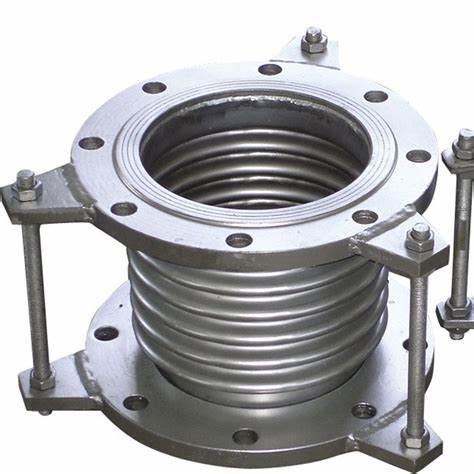a gate valve
Understanding Gate Valves A Comprehensive Guide
Gate valves are essential components in a wide variety of piping systems, primarily used for controlling the flow of liquids and gases. Their unique design and functionality make them a preferred choice in industries such as oil and gas, water treatment, and chemical processing.
Understanding Gate Valves A Comprehensive Guide
One of the significant advantages of gate valves is their ability to handle a variety of pressure levels and flow rates. They are constructed from materials such as cast iron, stainless steel, and brass, with each material suited for specific applications based on factors like temperature and corrosiveness of the fluid.
a gate valve

Gate valves come in two primary designs rising stem and non-rising stem. In a rising stem gate valve, the stem moves up and down as the valve is opened or closed, providing visual confirmation of its position. Conversely, the non-rising stem design keeps the stem stationary, making it ideal for installations with limited vertical space.
While gate valves excel in applications requiring full flow, they are not always the best choice for throttling or regulating fluid flow. When partially opened, they can cause turbulence and wear, leading to decreased efficiency. Thus, they are generally recommended for on/off service rather than for flow regulation.
Routine maintenance is crucial to ensure the longevity and proper functioning of gate valves. This includes regular inspections for signs of wear, corrosion, and leaks, as well as ensuring that the actuator (manual or automatic) is functioning correctly.
In conclusion, gate valves are critical in managing fluid flow across various industries. Their straightforward design and reliable performance make them indispensable in many applications, although users must be aware of their limitations regarding flow regulation. By understanding the fundamentals of gate valves, industries can make informed decisions about their piping systems, ensuring safety, efficiency, and reliability.
-
The Key to Fluid Control: Exploring the Advantages of Ball Valves in Industrial SystemsNewsJul.09,2025
-
The Versatile World of 1, 2, and 3 Piece Ball ValvesNewsJul.09,2025
-
Stainless Steel Ball Valves: The Ideal Choice for Efficient Flow ControlNewsJul.09,2025
-
Optimizing Fluid Control with Ball Float ValvesNewsJul.09,2025
-
Manual Gate Valves: Essential for Control and EfficiencyNewsJul.09,2025
-
Everything You Need to Know About Butterfly ValvesNewsJul.09,2025
-
The Versatility of Wafer Type Butterfly ValvesNewsJul.08,2025




